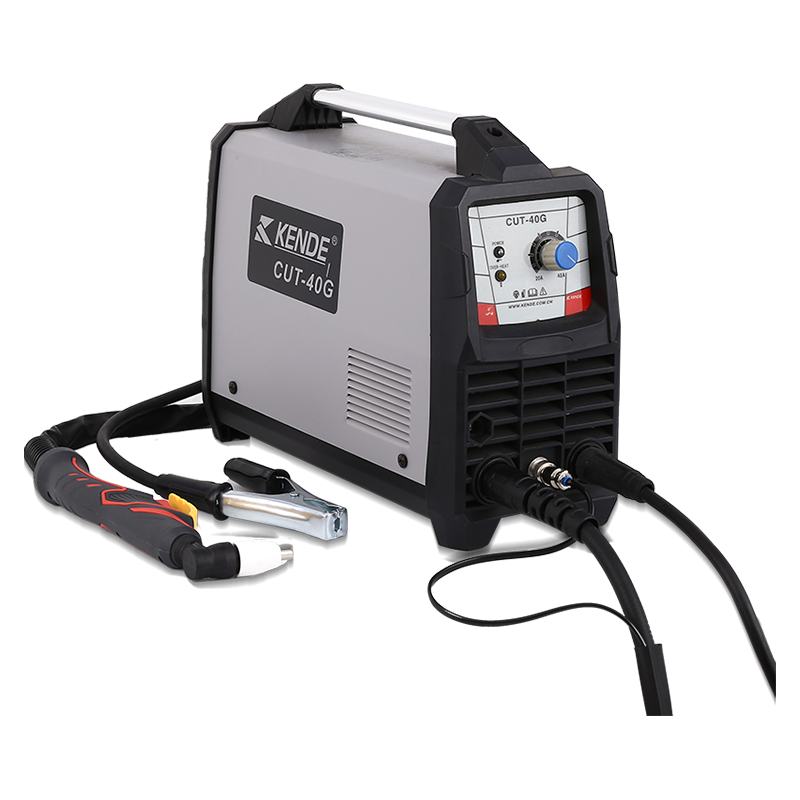Understanding Plasma Cutting
Plasma, often referred to as the fourth state of matter, is a high-energy gas in which some electrons have been stripped from atoms. In plasma cutting, an electric arc is formed between an electrode and the workpiece, generating a high-temperature plasma jet. This ionized gas reaches temperatures exceeding 30,000°F, swiftly melting through metals. A focused and accelerated jet of plasma pierces through the material, creating clean, precise cuts.
Mechanisms at Play
The core components of a typical
plasma cutting system include a power supply, gas delivery system, and a torch. The power supply generates the electrical arc, while the gas delivery system facilitates the flow of gas, commonly compressed air or inert gases like nitrogen or argon, which aids in the creation and stability of the plasma arc. The torch, equipped with a nozzle, focuses and directs the high-velocity plasma stream onto the metal surface.
Precise control over the gas flow, electrical parameters, and torch movement ensures accuracy in cutting intricate shapes and varying thicknesses of metal. Computer Numerical Control (CNC) systems further enhance precision by programming specific cutting patterns, offering remarkable repeatability and intricacy in designs.
Advantages Over Traditional Methods
Plasma cutting offers numerous advantages over conventional metal cutting techniques. It boasts higher cutting speeds, allowing for increased productivity without compromising on accuracy or quality. Its versatility enables the cutting of a wide range of conductive materials, including stainless steel, aluminum, copper, and various alloys.
the process generates minimal heat-affected zones, reducing warping and distortion in the material being cut. Its ability to produce clean and smooth cuts diminishes the need for extensive post-cutting finishing, saving both time and resources. Moreover, the efficiency of plasma cutting minimizes material wastage, making it an eco-friendly option in metal fabrication.
Applications Across Industries
The versatility of plasma cutting finds applications across diverse industries. In automotive manufacturing, it plays a pivotal role in fabricating chassis components, exhaust systems, and intricate body panels. The aerospace sector relies on plasma cutting for precision cutting of structural components, engine parts, and aircraft panels.
The construction industry benefits from this technology for fabricating steel beams, pipes, and custom fittings. Moreover, artists and sculptors utilize plasma cutting for creating intricate metal artwork and sculptures, showcasing its artistic potential.
Advancements and Future Prospects
Continuous technological advancements have propelled plasma cutting to new heights. Innovations in power sources, consumables, and torch designs have enhanced cutting speeds, accuracy, and cost-effectiveness. Integration with automation and robotics further streamlines the manufacturing process, increasing efficiency and reducing human error.
Looking ahead, the future of plasma cutting seems promising. Research and development continue to focus on refining the process, exploring new materials, and expanding its capabilities. With the ongoing pursuit of sustainability and efficiency, plasma cutting is set to maintain its crucial role in metal fabrication, shaping industries worldwide.

 2023.12.22
2023.12.22
 Industry News
Industry News
